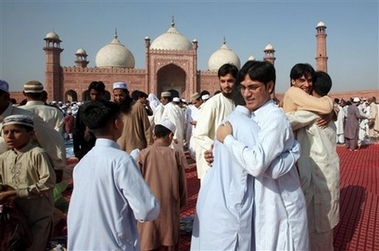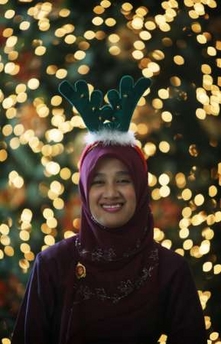
There are certain topic within the Muslim and even the wider non-Muslim community that have been beaten to death. Hijab is one such issue. Much has been written for and against it. In theory it is supposed to be a matter of personal choice but in reality it has many things. Depending on the context it can be a matter of control of women’s bodies, a fashion statement, a symbol of expression of teenage angst, a passport to holiness etc. In this confused mess it is heartening to see a book like this. The discussion in the context of North American Muslims. The book is also accompanied by quantitative research amongst Canadian Muslim women regarding veiling practices. Interestingly while many women do refer to the quran as a sanction to their veiling practices only 37 % of them could identify the relevant verses from the quran. One thing that stood out for was the fact that for many people, consciously or unconsciously, hijab is a symbol of identity. Depending upon the context it can be a positive or a negative thing. Here is an excerpt from the H-Net review on this book
On the other hand, Soraya Hajjaji-Jarrah and Lynda Clarke wrote two excellent chapters about the veil and the Qur’an and the hadith respectively. Hajjaji-Jarrah, in a chapter titled “Women’s Modesty in Qur’anic Commentaries,” focuses her attention specifically on the two verses in the Qur’an (v. 53 in chapter 33 and v. 31 in chapter 24) that refer to women’s modesty. She evaluates the verses in terms of the context, the semantics, and the interpretations. She gives a detailed interpretation of the verses by al-Tabari of the tenth century and al-Razi of the thirteenth century explaining how their interpretations were a product of the time that these two learned scholars lived in, namely the height of the Islamic Empire and the institutionalization of the practice of female slaves as sexual and educated companions to Muslim elite men. Hajjaji-Jarrah provides compelling arguments and historical evidence to discuss the lives of some of the early Muslim women believers during and after the time of the prophet. She concludes that even though those commentaries were done in “the spirit of ijtihad,” they have had some largely enduring trajectories and that very few attempts for alternative readings since had been set (Muhammad Shahrur, Fatima Mernissi, and Muhammad Abduh are notable exceptions). Clarke’s discussion of the hadith relating to women’s modesty is a very detailed and informative chapter that is, nonetheless, difficult to follow at times. She argues that the hadith is vast and not easily accessible to the general public or to scholars like “liberals and feminists” who have tended to avoid it, relying solely on the Qur’an and historical texts for their arguments. Nonetheless, the hadith does have salience with the public as it is often used in sermons and by religious councils, thus the need for liberals and feminists to address the hadith. Clarke also claims and through an analysis of selected hadith texts on hijab demonstrates that the vastness of the hadith makes it harder for either the conservative or the liberal interpretations to use it as a sanad (or main reference). Every interpretation of the text will find gaps and will attempt then to “leap over” them as such almost always leaving room for alternative interpretations. Clarke argues that this is a dialogic view of hermeneutics used by feminists but rarely used by current Islamic thinkers, even reformers and modernists, as they aim usually to uncover the truth.
Aliana gives fives thumbs up.



